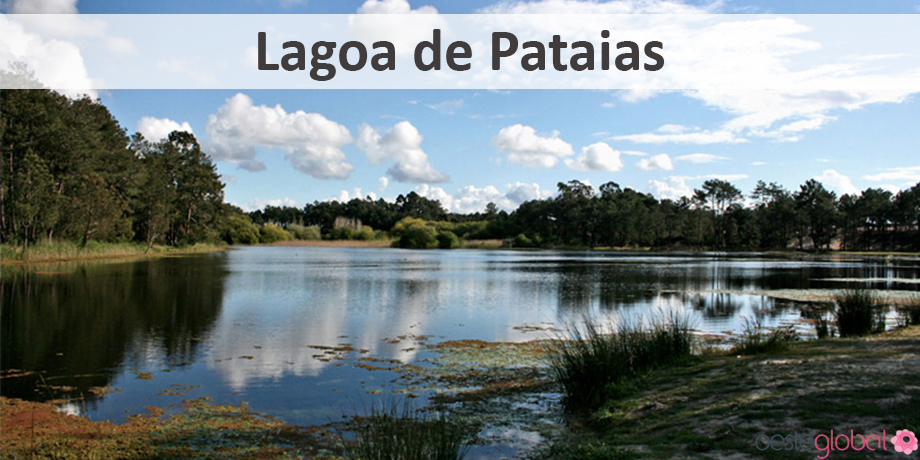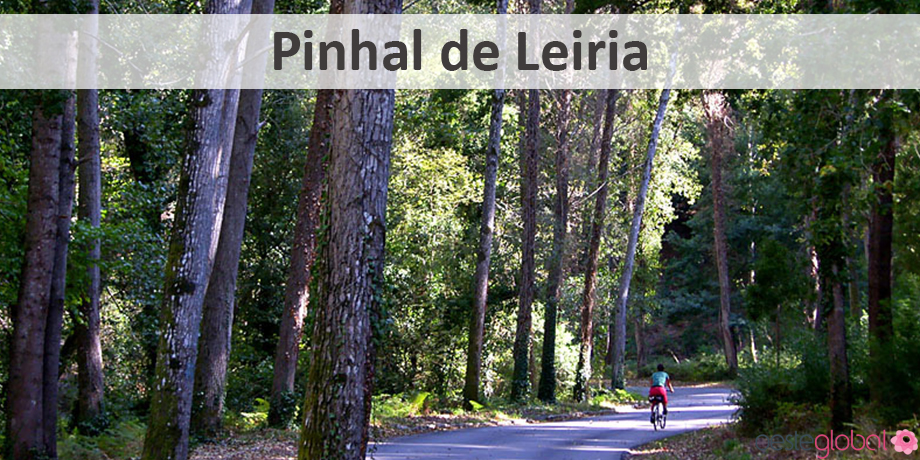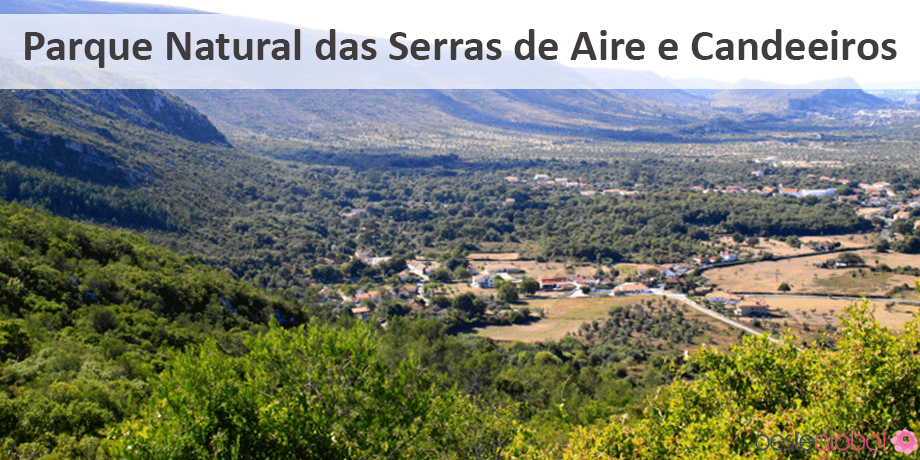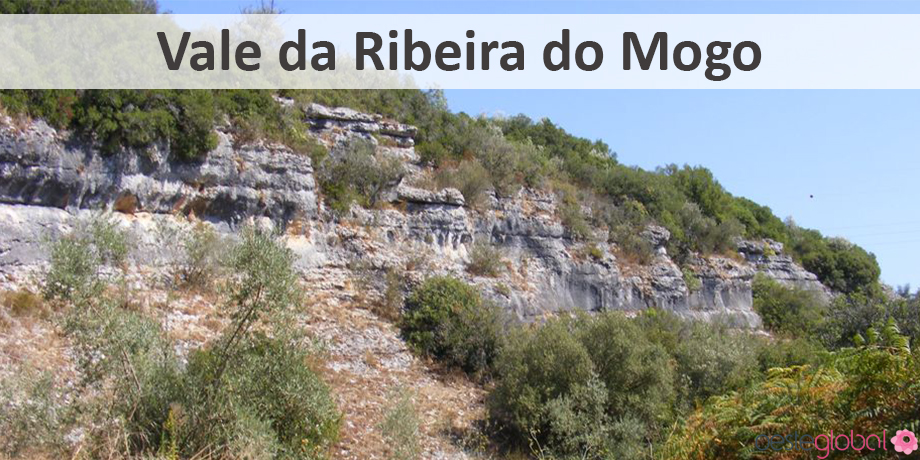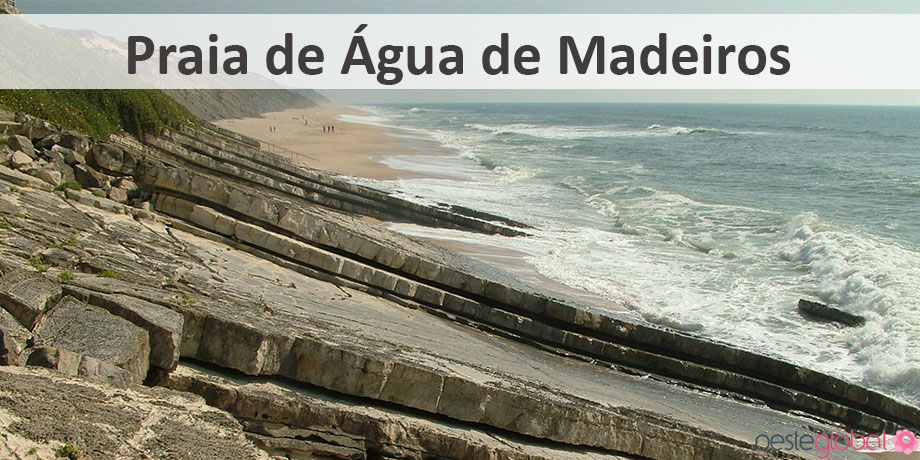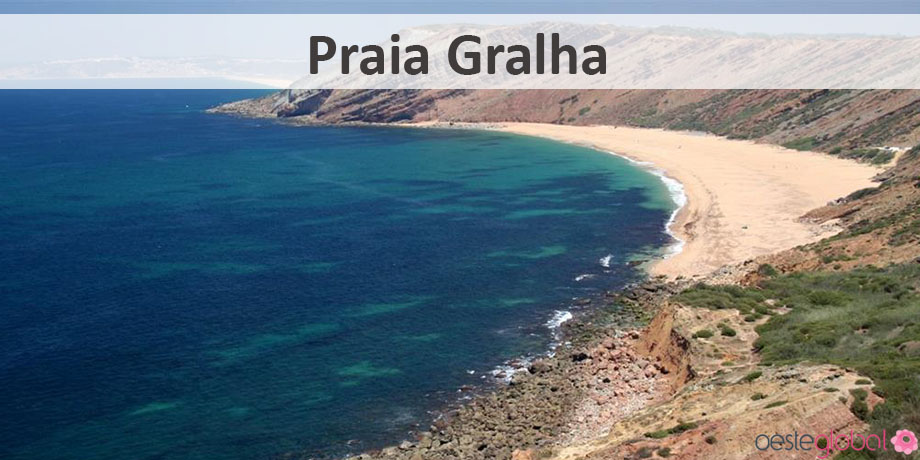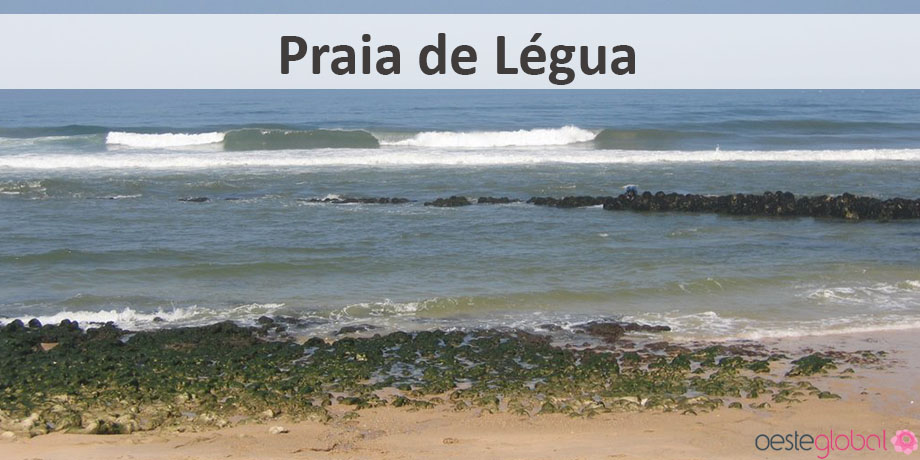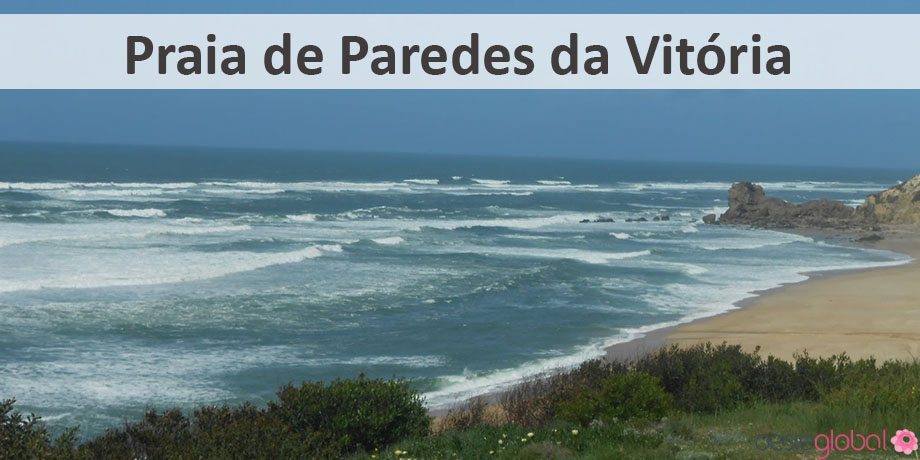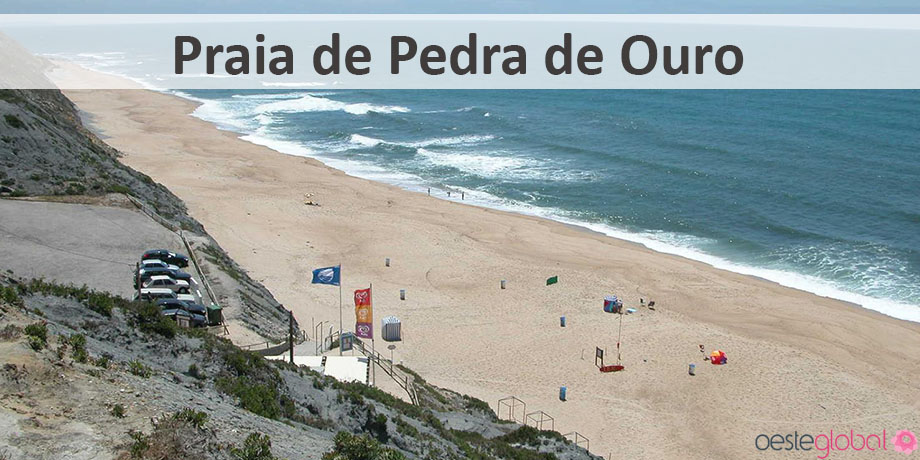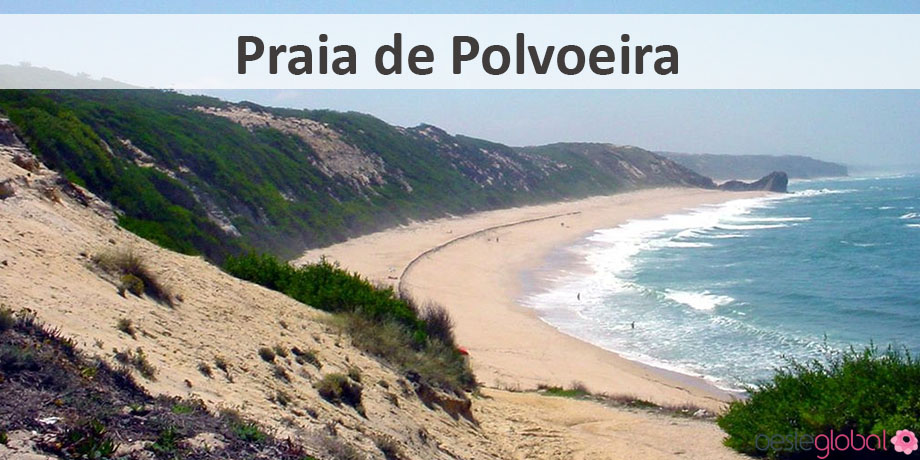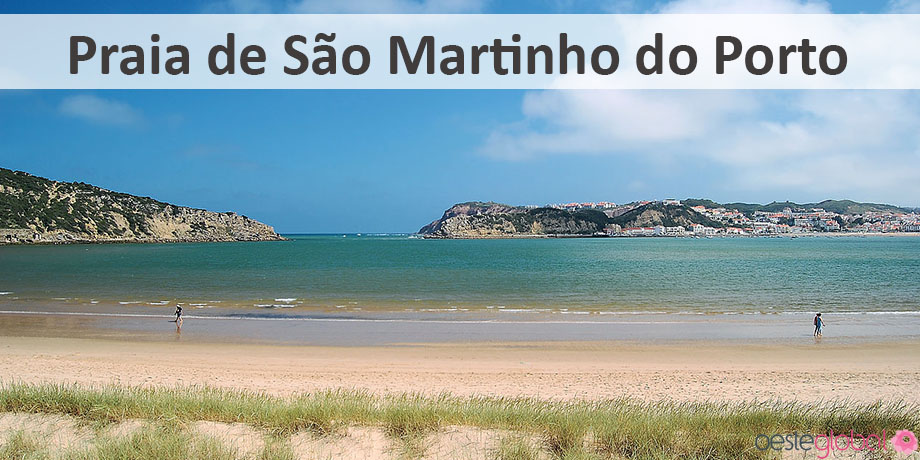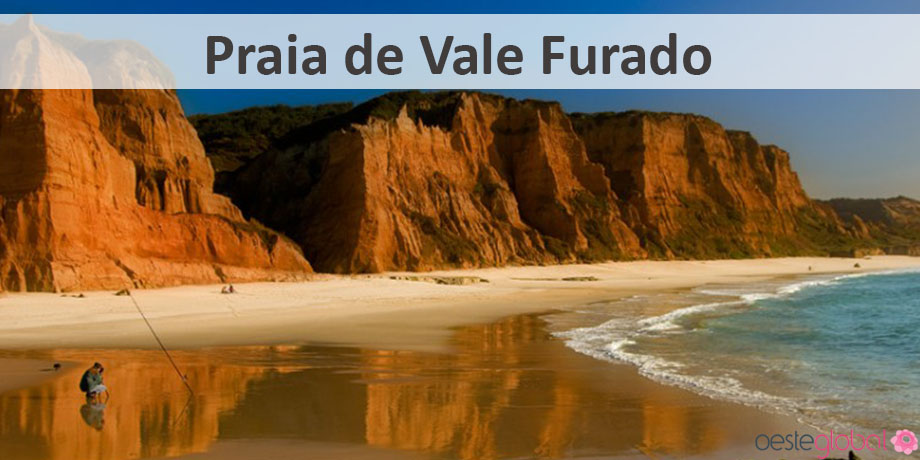Nature of Alcobaça
The northern municipality of Alcobaça, in the parish of Pataias, the Pataias Lagoon it is a wetland emerges in the middle of the vast area of maritime pine. Because of misuse in the past, the water is polluted by nutrients that promote excessive growth of vegetable matter, which in turn leads to the lack of oxygen in the water, namely eutrophication, typically the wet areas, which leads to mutation of the terrestrial but this location, the anthropic process was catalyst such. Due to the dependence on rainfall, and joining the extreme situation in 2005 led to the evaporation of water from this pond – an event that did not happen since 1944, which consequently extinguished the fish fauna, the food chain, affecting other groups of animals, as amphibians, mammals and birds. When the presence of polluted water, nutrients they are accumulated in the sediments of the pond base, which were removed mechanically, later, during the rainy season, the water accumulated not return to worsen. After a rainy winter, the share of this pond has recovered to the point of equating the restocking of fish, as ruivacos. The total regeneration of this pond is under development.
One of the largest forest patches of Alcobaça municipality isLeiria pine forest, in the parish of Pataias, along with Serra dos Candeeiros and the Vimeiro in Carvalhal do Gaio.
The Natural Park of Aire and Candeeiros it is an important repository of calcareous formations in Portugal. Its karst morphology, covered by vegetation, contains a network of underground waterways and a specific fauna. This park has an area of 35 hectares, distributed by the districts of Leiria and Santarém, the Alcanena municipality, Alcobaça, Porto de Mos, Rio Maior, Santarem, Torres Novas, Vila Nova de Ourem and 32 parishes.
The Ribeira do Mogo Valley located in Aljubarrota Prazeres parish, it is a valley with a karst morphology, with Mediterranean vegetation, which promoted the preferred habitat for several species of animals, but it was by deforestation and the progressive isolation of the area, or as hunting prey, which made it impossible to species of the Iberian lynx in Portugal. Although not included in the area of the Natural Park of Aire and Candeeiros Mountains, this valley is physically similar and has the potential to be getting the protection status.




